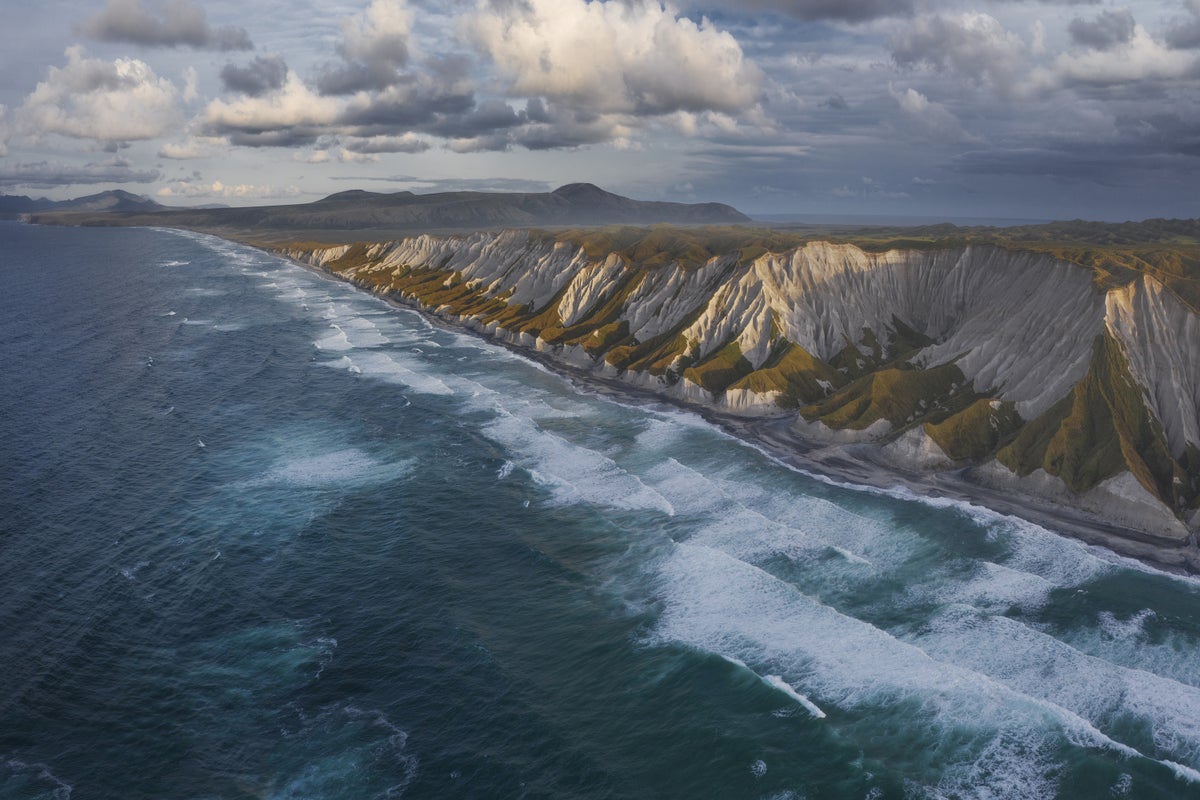Tsunami Warnings Issued after Magnitude-8.7 Earthquake Strikes off Russian Coast
Tsunami warnings and advisories were issues around the Pacific Ocean after a magnitude-8.7 earthquake struck off the coast of Russia, the largest earthquake since the 2011 Japan earthquake and resulting tsunami
A photo from March 2022 shows an aerial view of South Kuril Islands and coastline in Kamchatka region, Russia.
Join Our Community of Science Lovers!
Tsunami warnings have been issued around the Pacific Ocean after a magnitude-8.7 earthquake struck off the coast of Russia’s Kamchatka Peninsula in the late morning local time on July 30.
Evacuations have been ordered in Japan and Hawaii after the July 30 earthquake. The U.S. Tsunami Warning System has issued warnings for Hawaii and along the Aleutian Islands. Advisories have been issued for the rest of the Alaska coastline and the rest of the U.S. Pacific Coast. The first waves had begun to hit around 10 a.m. local time, several hours after the earthquake.
If you’re enjoying this article, consider supporting our award-winning journalism by subscribing. By purchasing a subscription you are helping to ensure the future of impactful stories about the discoveries and ideas shaping our world today.
The earthquake happened in a subduction zone at the Kuril-Kamchatka Arc, where the Pacific plate is being subducted under the Okhotsk plate. The epicenter is located 45 kilometers southeast of where a magnitude-9.0 temblor struck in 1952 and caused “a destructive, Pacific-wide tsunami,” according to the U.S. Geological Survey.
A magnitude-7.4 earthquake that struck in the same region on July 20, 2025, would be considered a foreshock to this July 30 quake, the USGS says.
Andrea Thompson is a senior editor covering the environment, energy and earth sciences. She has been covering these issues for 16 years. Prior to joining Scientific American, she was a senior writer covering climate science at Climate Central and a reporter and editor at Live Science, where she primarily covered earth science and the environment. She has moderated panels, including as part of the United Nations Sustainable Development Media Zone, and appeared in radio and television interviews on major networks. She holds a graduate degree in science, health and environmental reporting from New York University, as well as a B.S. and an M.S. in atmospheric chemistry from the Georgia Institute of Technology. Follow Thompson on Bluesky @andreatweather.bsky.social
Source: www.scientificamerican.com
